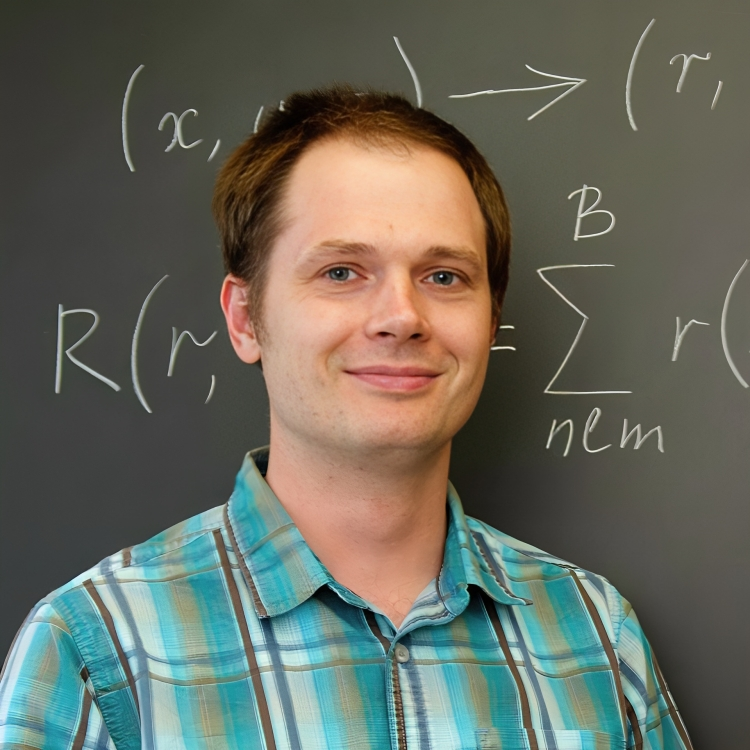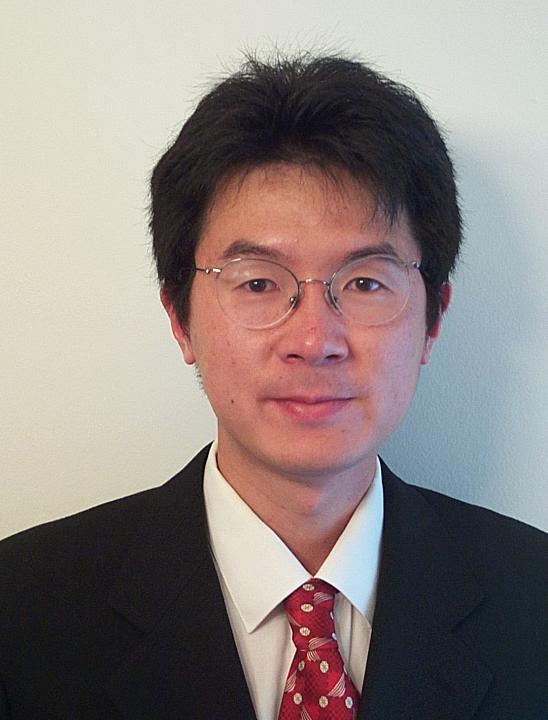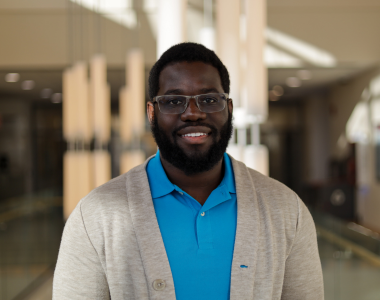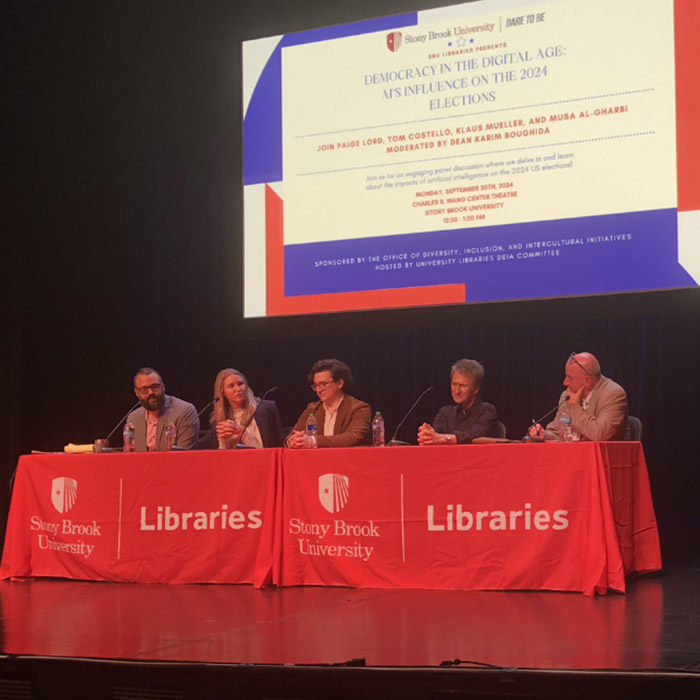Seven faculty members from Stony Brook University have been recognized on the 2024 Clarivate Highly Cited Researchers list, an honor that places them among the top 1 percent of researchers worldwide.
Stony Brook University’s Xianfeng David Gu has received a significant boost to its research capabilities, thanks to a generous $100,000 unrestricted gift from Google. The award will support his groundbreaking work in developing next-generation text input methods and user interfaces.
Stony Brook collaborates to help solve the long-standing problem of finding damaged switches on rail tracks in real time. Their model outperforms existing methods, achieving results with over 91% accuracy.
Stony Brook, NY, Nov 15, 2024 - A recent survey by the International Union of Railway noted how high-speed railway networks are expanding rapidly, and the length of the worldwide high-speed railway network has reached nearly 59,000 km.
A panel of experts delved into the impact of artificial intelligence on the upcoming elections last month at a discussion sponsored by the Office of Diversity, Inclusion, and Intercultural Initiatives (DI3).
For Fumi Honda, a PhD student in computer science at Stony Brook University, the path to robotics began with a desire to help people. Her journey from psychology to cutting-edge AI research exemplifies the interdisciplinary nature of modern computer science and was recently showcased at the prestigious Tapia Celebration of Diversity in Computing Conference.
Three Stony Brook University faculty in the Department of Computer Science are among 14 researchers from the State University of New York’s four university centers who have been awarded 2024 SUNY-IBM AI Research Alliance grants. The alliance is part of a partnership between New York State and IBM to create a global research hub for developing next-generation AI hardware.
Empirical Methods in Natural Language Processing (EMNLP) is a leading conference in the area of Natural Language Processing and Artificial Intelligence.
It is organized by the ACL Special Interest Group on Linguistic Data (SIGDAT) and started in 1996, based on an earlier conference series called Workshop on Very Large Corpora (WVLC).
Find more info on https://2024.emnlp.org/.
This is the 38th edition of the Conference on Neural Information Processing Systems, or NeurIPS—the most cited AI conference in the world. The conference, which is being held at the Vancouver Convention Center, is a multi-track interdisciplinary annual meeting including invited talks, demonstrations, symposia, and oral and poster presentations of refereed papers. Along with the conference is a professional exposition focusing on machine learning in practice, a series of tutorials, and topical workshops that provide a less formal setting for the exchange of ideas.








